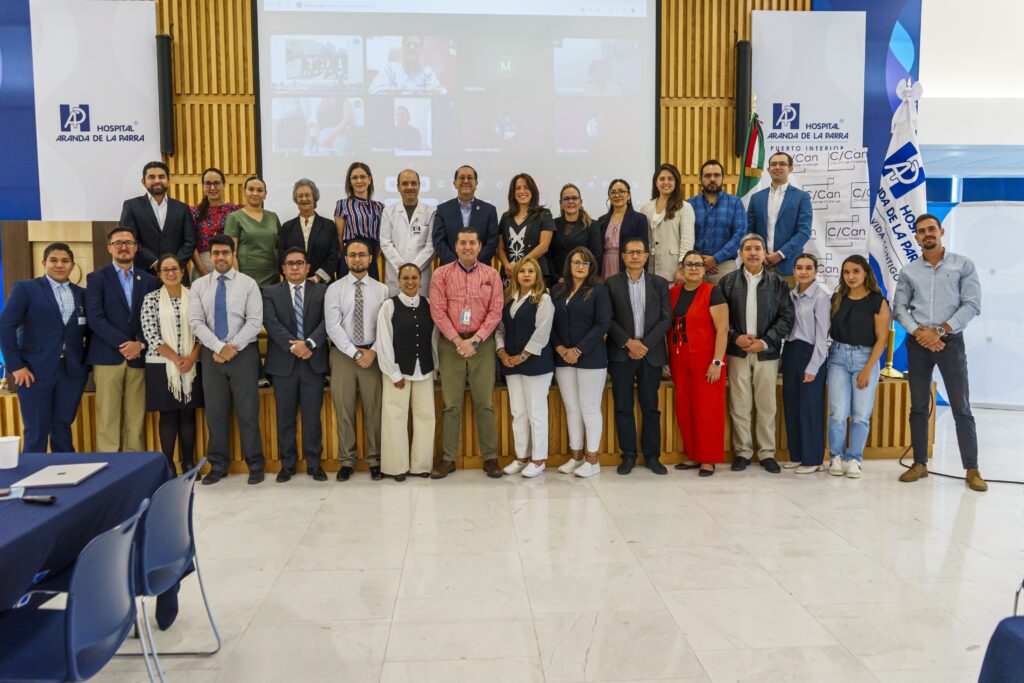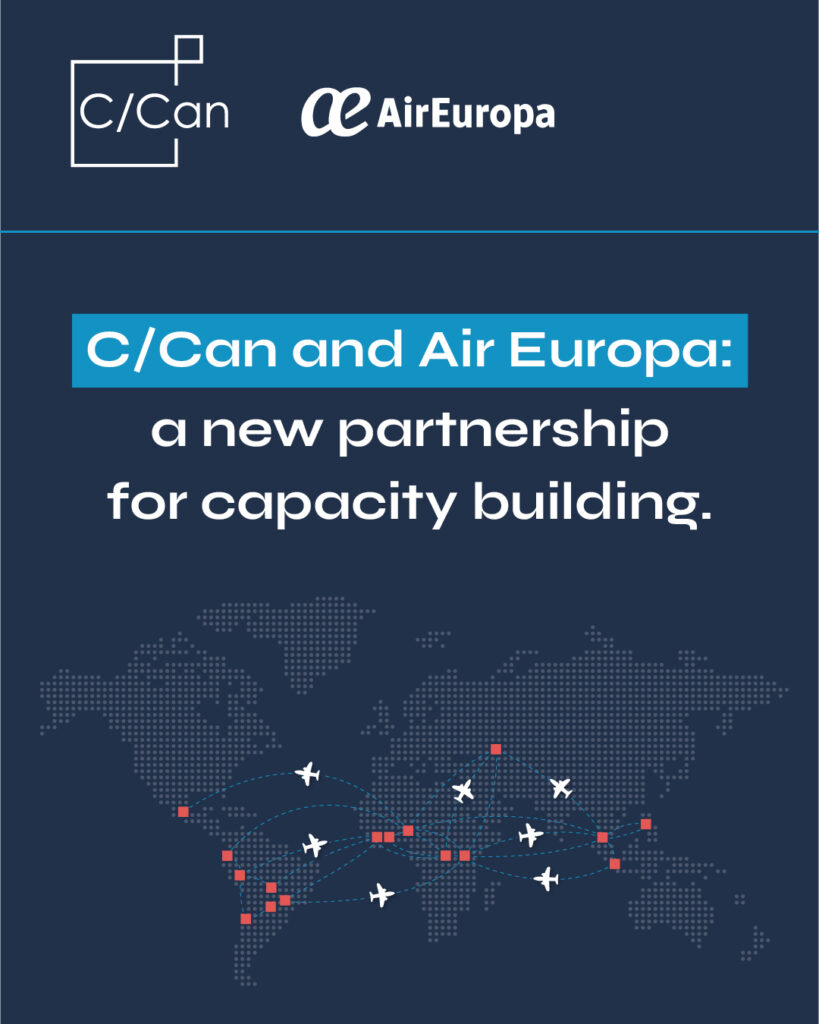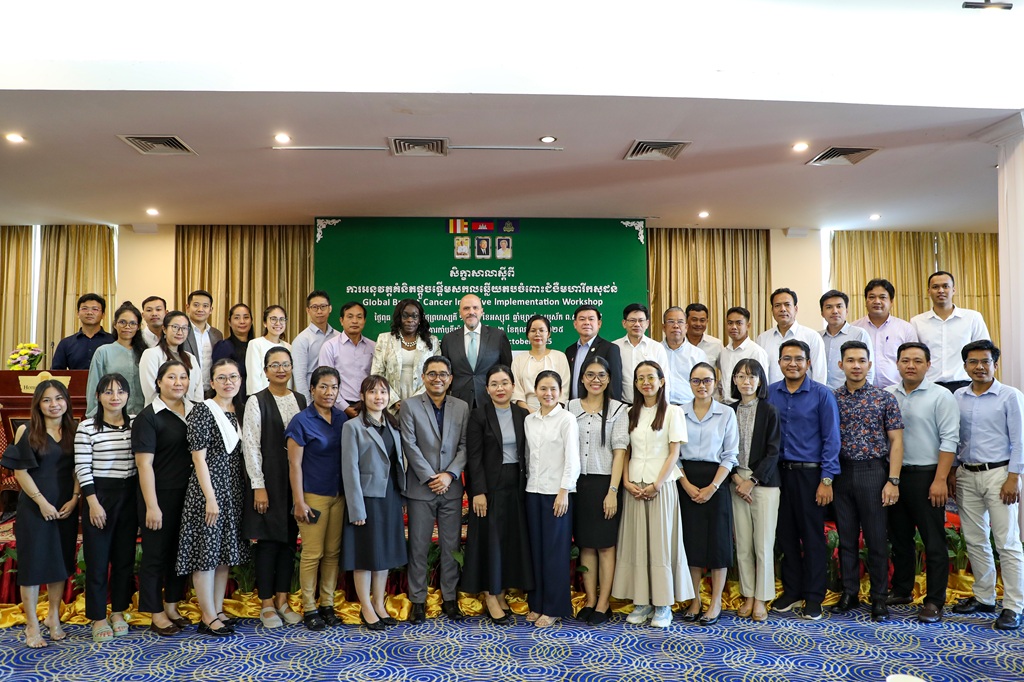
An article in the 2022 edition of Cancer Control reviews the growth of public-private partnerships (PPPs) for cancer care in low- and middle-income countries (LMICs) and how the development sector has a role to play in supporting local decision makers to design good contracting structures.
What the experts say
The world faces a growing crisis from cancer that is straining healthcare budgets and limiting the length and quality of people’s lives. In 2020, cancer caused nearly 10 million deaths, a figure that is predicted to rise to more than 13 million annually by the end of this decade. What’s more, cancer doesn’t just kill; long-term disability diminishes countries’ human capital and labour supply, causing long-term impact on families, as well as reducing poorer nations’ economic growth.
Indeed, the global cancer burden is particularly heavy in LMICs, many of which are finding it hard to access finance amid a global economic crisis: domestic financing for health in LMICs already struggles to meet essential health population needs: in the last decade, health priority has remained largely unvaried at 4%-6% of government spending.
Little wonder then, that in recent years it has become clear to local decision-makers in LMICs that the challenge of addressing cancer and other non-communicable diseases requires a “whole of society” approach: it is too large and too complex a problem for either the public or the private sector to address alone, and thus the solution is for them to work together. PPPs – once thought of as financing tools best suited for infrastructure projects – have started to emerge as innovative solutions for expanding and improving health access.
The increasing complexity of medical equipment, the safety requirements for areas like nuclear medicine and radiotherapy, and the high specialisation of human resources, all require upfront investment requirements and program complexity, which can be overwhelming to the governments of LMICs.
In response, PPPs are able to leverage the strengths of the public and private sectors simultaneously, creating economies of scale and increasing access to care to underserved populations, while creating sustainable returns for the private sector without compromising cost-effectiveness to the public sector.
There are three main reasons why more and more LMICs are embracing the potential of PPPs for cancer care.
Firstly, they allow governments to provide access to quality services without the need for huge capital investments. Public health providers do not have to invest in the upfront cost of construction, equipment, procurement, HR training and recruitment, and instead can delegate that responsibility – entirely or partially – to one or several private sector organisations.
Secondly, the philosophy underpinning the financial arrangement, an output or outcome-based payment, based on key performance indicators, incentivises private companies to deliver a high standard of care.
Thirdly, governments see infrastructure PPPs as a way to evolve their role from that of a provider toward policy making and monitoring.
That said, PPPs are complex structures, and to work they must be adapted to the problem they are trying to solve. This requires a nuanced approach – one that balances the interests of both sectors, ensures a workable method for sharing decision-making authority, and encourages accountability from both parties.
In short, developing an effective, sustainable healthcare PPP is no small task, as Karine Bachongy, Global Sector Lead for Social Infrastructure PPP at the International Finance Corporation explains: “Effectively partnering with the private sector requires regulatory frameworks that align public and private efforts. In developing these frameworks, there is vast global experience in designing diagnostic PPPs that governments can tap into. Governments can use many of the disciplines and processes widely used in structuring diagnostic PPPs, such as the ability to define and specify service requirements, well-developed performance-based contracting with clearly defined key performance indicators and transparent procurement processes.”
City Cancer Challenge (C/Can) knows from its work around the world that there is growing local political will to think about and adopt PPPs as part of the healthcare system. Latin America concentrates a high share of PPPs for health, while in countries like Uzbekistan, Georgia or Ghana, specialised PPP units within finance ministries have been created and work hand in hand with health ministries.
At C/Can, in collaboration with the International Finance Corporation (IFC), we have decided to support governments that want to explore the potential of PPPs for helping provide cancer care while they assess the opportunities and design the right infrastructure for their needs.
Mathieu Morand, Senior Manager, Digital and Health Financing at City Cancer Challenge Foundation spells out C/Can’s approach “C/Can’s locally-driven multi-stakeholder model gives a voice to end-users on-site, empowering them to express their pressing needs for better infrastructure, as well as giving them a central role in the development of an innovative financing structure. At the same time, C/Can enables authorities to fast-track and improve the quality of real-world evidence generation, feeding demand and supply analysis, the foundation of any sound infrastructure project.”
It is also worth pointing out that the cost of continued underinvestment is projected to be far higher than the projected cost of investing in health care through innovative PPP solutions. The WHO estimates that $1 spent per person per year in cost-effective prevention and control measures for NCDs could save seven million lives in LMICs by 2030, with an investment of one dollar expected to yield a return of $7 by 2030.
Looking to the future, the development sector needs to embrace the decisions of local governments to develop PPPs and support their design and implementation as part of the ongoing mission to improve access to health care in countries where the incidence of cancer will rise steeply over the next few decades.





